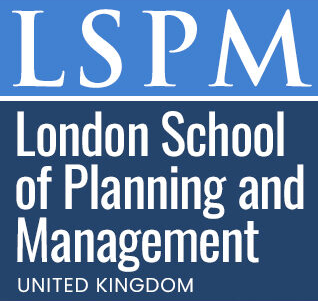Professional Certificate in Green Textile Chemistry
Published on June 19, 2025
About this Podcast
HOST: Welcome to our podcast, today I'm thrilled to have Dr. Jane Smith, an expert in sustainable textile chemistry and the instructor of the new Professional Certificate in Green Textile Chemistry. Dr. Smith, can you tell us a bit about this course and what inspired you to create it? GUEST: Absolutely, thank you for having me! This course is designed to equip learners with the skills to revolutionize textile production through sustainable dyeing, finishing, fiber processing, and water treatment solutions. My passion for sustainability and textiles led me to develop this program. HOST: That's fascinating! Can you share any personal experiences or insights related to the importance of green textile chemistry in today's industry? GUEST: Certainly. I've seen firsthand how traditional textile manufacturing contributes to pollution and resource depletion. By adopting greener practices, we can significantly reduce the environmental impact of textile production while still achieving high-quality results. HOST: You're preaching to the choir! Now, what current industry trends are most relevant to this course, and how does the program address them? GUEST: Eco-friendly material selection and circular economy principles are gaining traction in the textile industry. Our course covers these topics and teaches learners how to apply green chemistry principles and environmental regulations in real-world scenarios. HOST: That sounds incredibly useful. What challenges have you faced in teaching this subject, and how have you addressed them in the course? GUEST: One challenge is helping learners grasp the complexities of green chemistry and sustainable practices. To tackle this, we've included practical exercises and real-world case studies to illustrate the concepts and demonstrate their applicability. HOST: It's great to hear that the course is hands-on and engaging. Now, looking toward the future, where do you see the textile industry heading in terms of sustainability, and how does this course prepare learners for that future? GUEST: Sustainability will be a key driver in the textile industry's evolution. This program equips learners with the expertise to navigate this changing landscape, become leaders in sustainable textiles, and contribute to a greener future. HOST: Dr. Smith, thank you so much for joining us today and sharing your insights on the Professional Certificate in Green Textile Chemistry. We're excited to see the positive impact this course will have on the textile industry and the environment. GUEST: Thank you for having me! It's been a pleasure discussing the course and its potential to drive change in textile manufacturing. I hope many textile engineers, chemists, and sustainability professionals will join us in this exciting journey toward a greener future.
